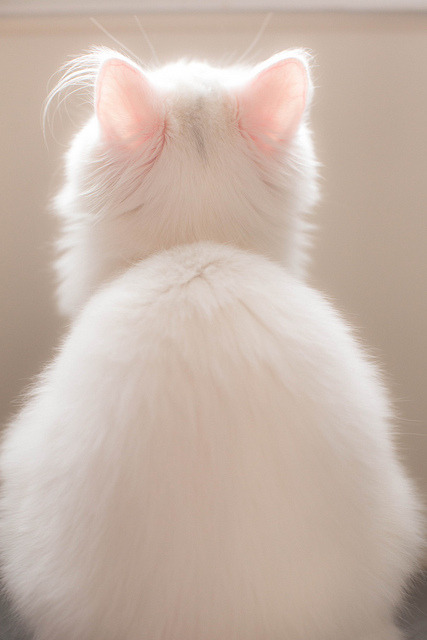Ashtanga
Proud Member
Re: to catlovers









:wub:









:wub:
Follow along with the video below to see how to install our site as a web app on your home screen.
Note: This feature may not be available in some browsers.

























































































































SheilaMJFan4Ever;3941136 said:Mine is meowing loudly to go outside right now, lol! He is harness and leash trained, has been since he was a kitten. It's a beautiful day, too. Anyone else walk their cat?




















